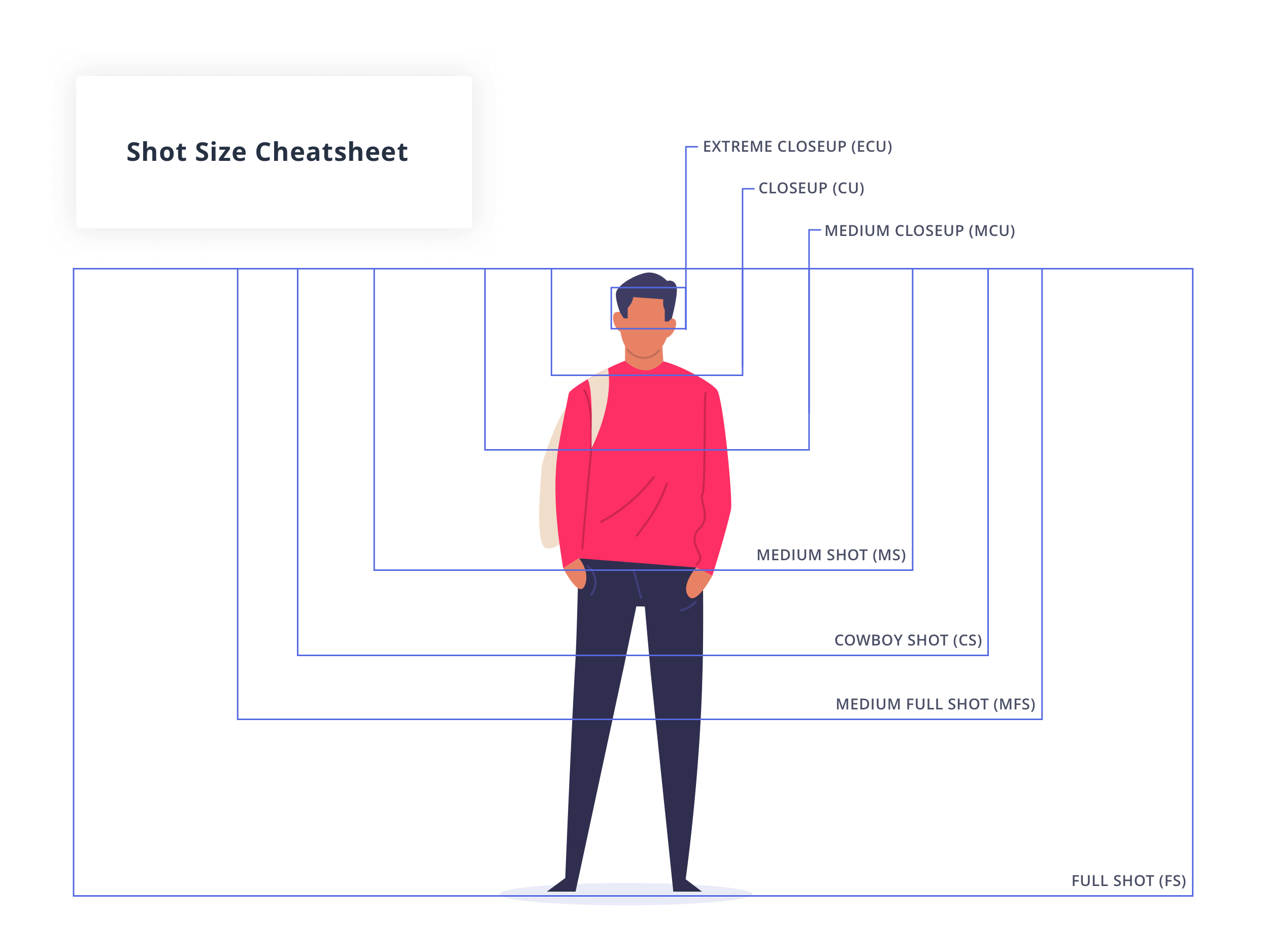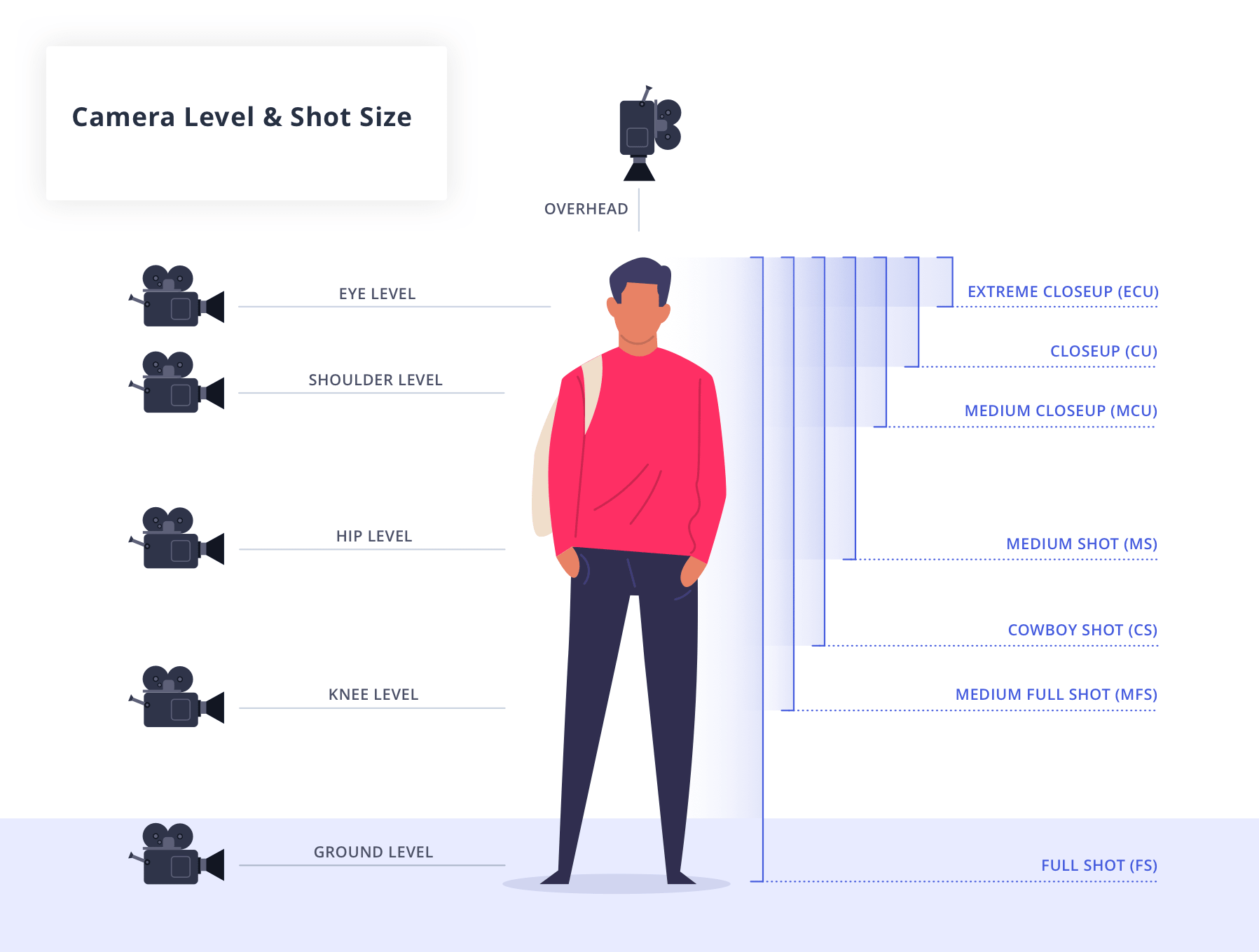Guide to Camera Shots: Every Shot Size Explained
CAMERA SHOTS EXPLAINED
Different types of camera shots in film
Great filmmakers not only know all of the different types of camera shots in film and TV, but they know how to use even basic camera shots to emphasize specific moments and story beats in their films.
What is shot size?Shot size is how much of the setting or subject is displayed within a given frame of a video, photo, or animation, hence the scope or size of the shot. Different types of camera shots in film or video communicate different narrative value, and are combined during post-production to tell a story. Most filmmakers use standard names for shot sizes, often abbreviated into 2 or 3 letters on a shot list or storyboard. For example, a close up shot would be abridged to "CU," or a wide shot would be denoted as "WS."
1. Establishing shotsAn establishing shot is a shot at the head of a scene that clearly shows us the location of the action. Establishing shots have no rules other than helping to build tone and context, but they're not required to be wide or from a drone or to be accompanied by a screen-sized title card.
2. Extreme Wide Shot (EWS)An extreme wide shot (aka extreme long shot) is a camera shot that will make your subject appear small against their location. You can also use an extreme long shot to make your subject feel distant or unfamiliar.
Here's an example of the extreme wide shot size:
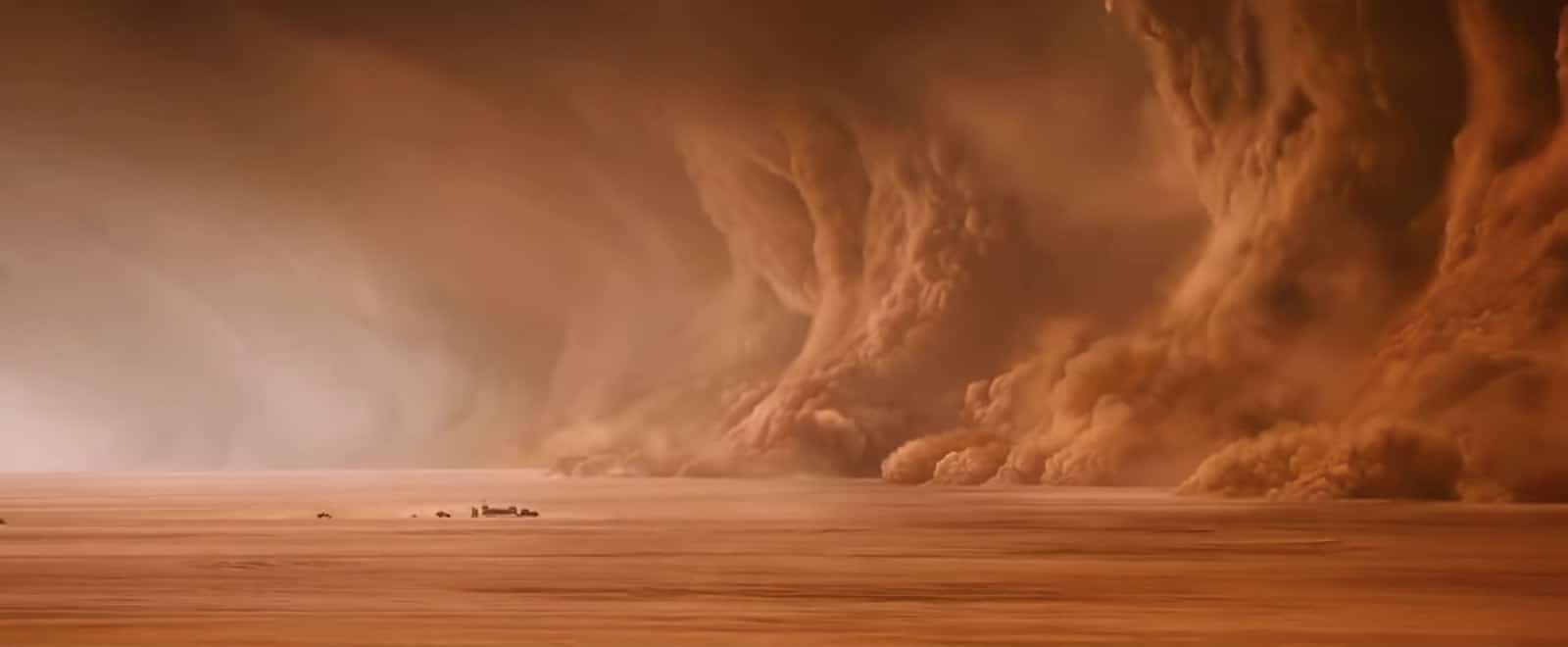 Extreme long shot • Mad Max: Fury Road
Of all the different types of camera shots in film, consider using the extreme wide shot when you need to emphasize the location and the relationship of the characters within it. 3. Wide Shot (WS) or Long Shot (LS)The wide shot (aka long shot) is a camera shot that balances both the subject and the surrounding imagery. A wide shot will often keep the entire subject in frame while giving context to the environment.
Here's an example of the wide shot size:
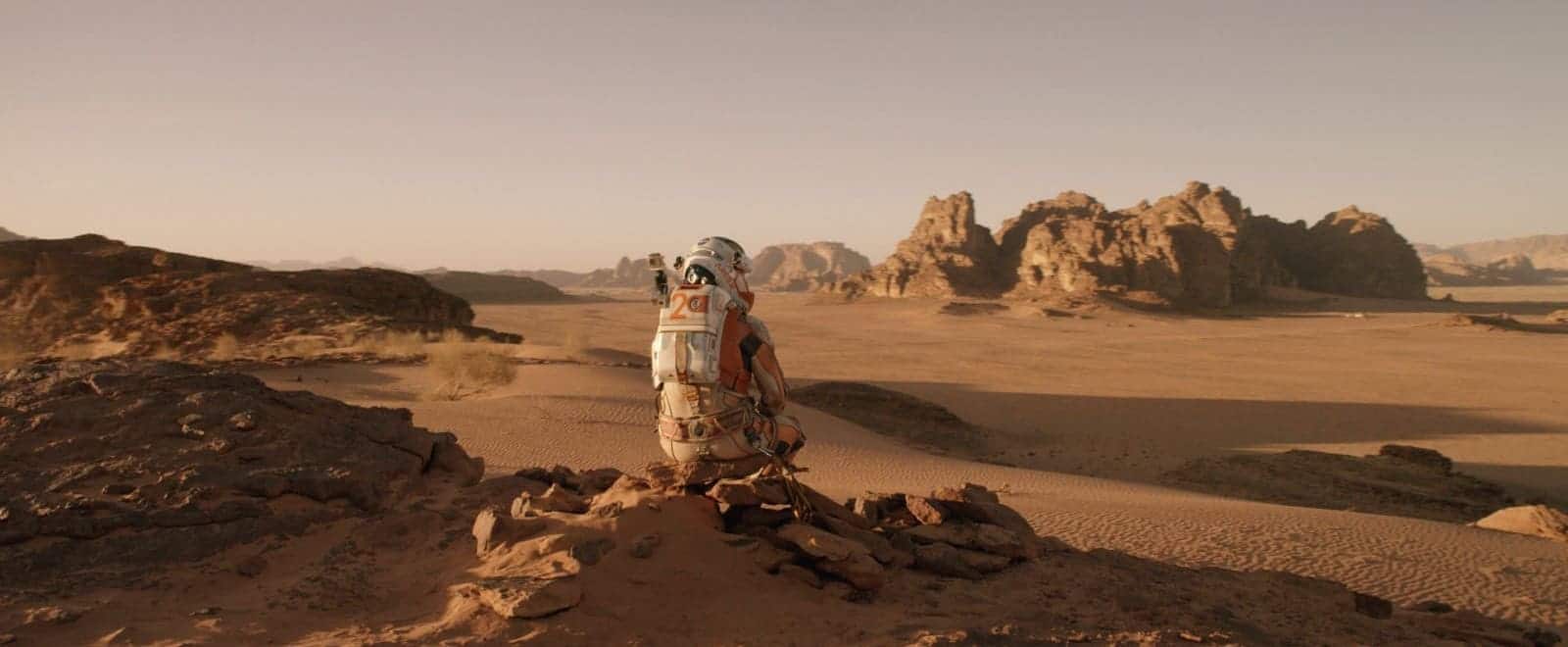 (LS) Long Shot Example • The Martian
A wide shot should keep a good deal of space both above and below your subject. Of the many camera shots, a long shot gives us a better idea of the scene setting, and gives us a better idea of how the character fits into the area. Wide shots also create narrative distance with the subject, often dwarfing characters against an expansive terrain.
Here's a video example of the wide shot size:
4. Full Shot (FS)A full shot is a camera shot in film that lets your subject fill the frame, head to toe, while still allowing some features of the scenery.
Here's an example of the full shot size:
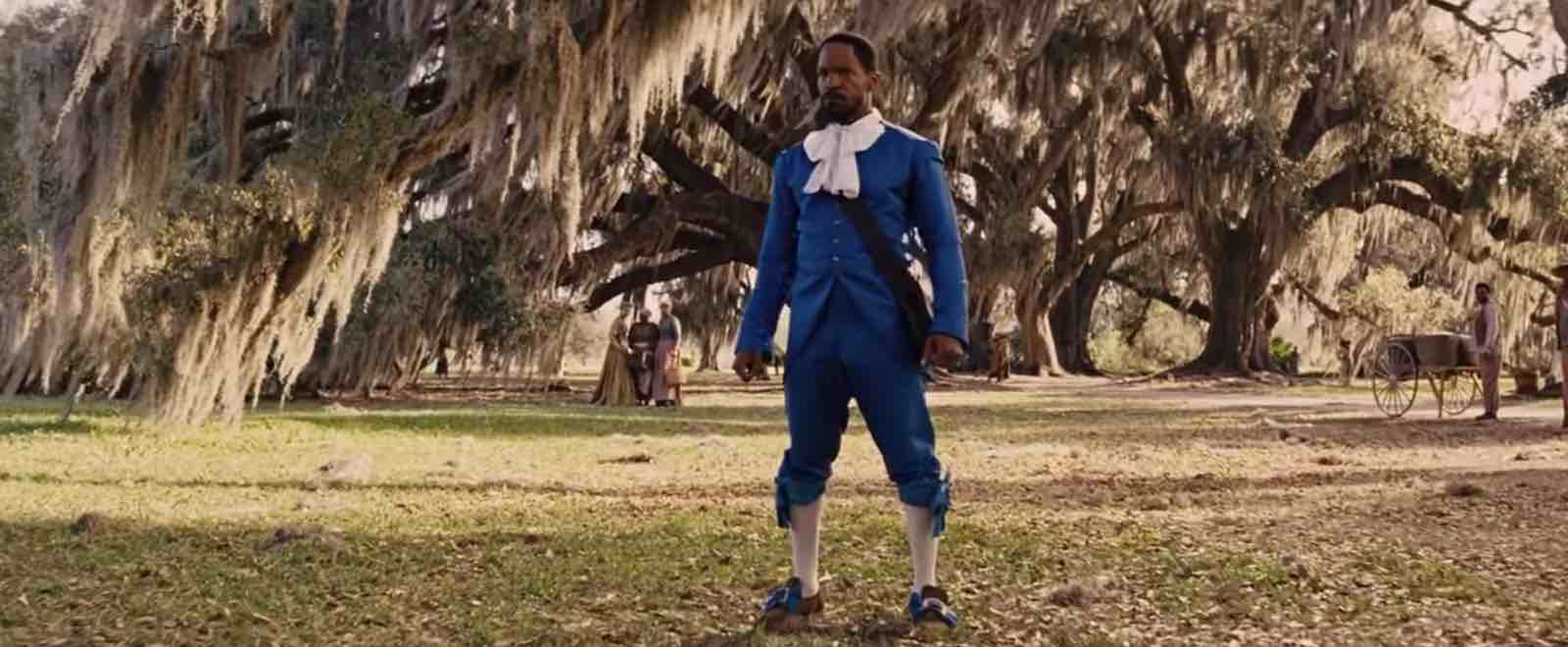 Full Shot Example • Django Unchained
This full shot from Django Unchained is also a tracking shot — meaning there is camera movement featured throughout the shot. In this particular case, the camera slowly moves (or tracks) towards Django. So, technically, this shot begins in a wide shot, moves to full shot (seen above), and eventually ends in a cowboy shot. Of all the different types of camera shots in film, full shots can be used to feature multiple characters in a single shot, like this full shot size example from Marvel's Guardians of the Galaxy:
 Full Shot Example • Guardians of the Galaxy5. Medium Wide Shot (MWS)A medium long shot (aka medium long shot) frames the subject from roughly the knees up. It splits the difference between a full shot and a medium shot.
Here's an example of the medium wide shot size:
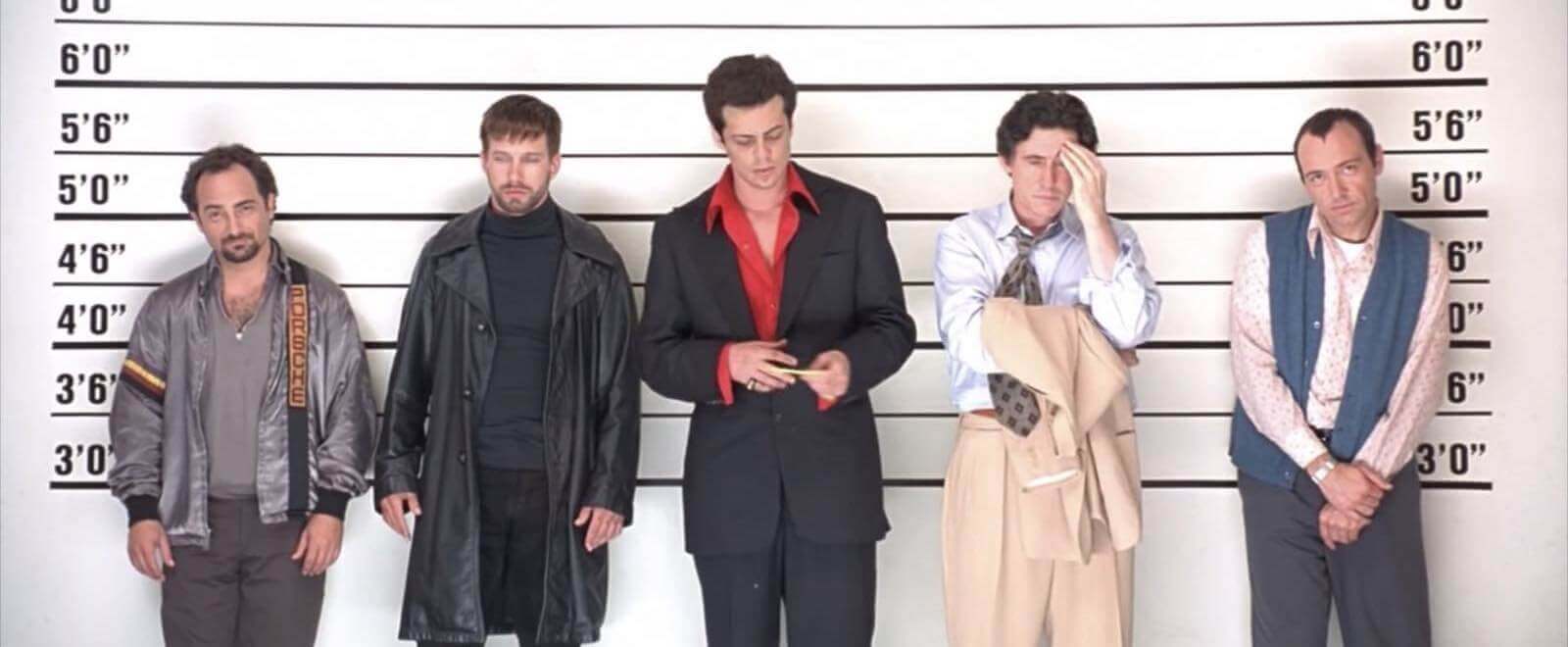 (MWS) Medium Wide Shot Example • The Usual Suspects
You can always frame camera shots from any angle as well, so don't be afraid to think about medium wide shots when behind a character. 6. Cowboy Shot (CS)A variation on this is the cowboy shot, which frames the subject from roughly mid-thighs up. It’s called a “cowboy shot” because it is used in Westerns to frame a gunslinger’s gun or holster on his hip.
Here's an example of the cowboy shot size:
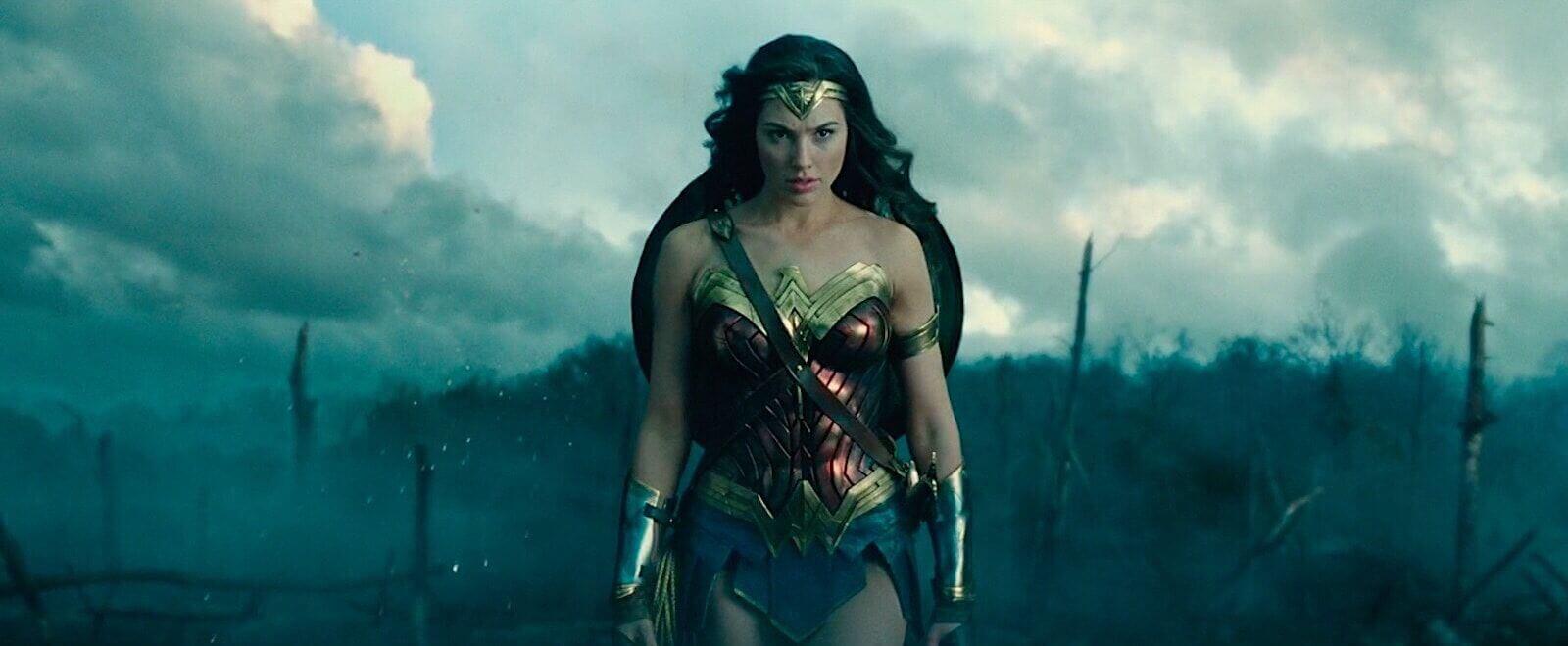 (CS) Cowboy Shot Camera Shot • Wonder Woman
Here is an example of a cowboy shot size that's used in a film that has nothing to do with cowboys. Wonder Woman is shown in this shot size because it allows for the viewer to register the action and the emotion. 7. Medium Shot (MS)The medium shot is one of the most common camera shots. It's similar to the cowboy shot, but frames from roughly the waist up and through the torso. So it emphasizes more of your subject while keeping their surroundings visible.
Here are examples of the medium shot size:
Medium Camera ShotMedium shots may seem like the most standard camera shot around, but every shot size you choose will have an effect on the viewer. A medium shot can often be used as a buffer shot for dialogue scenes that have an important moment later that will be shown in a close-up shot. If you don't use all of the different types of camera shots in film, how can you signal anything to your viewer without shot size contrast.
8. Medium Close Up (MCU)The medium close-up frames your subject from roughly the chest up. So it typically favors the face, but still keeps the subject somewhat distant.
Here's an example of the medium close-up shot size:
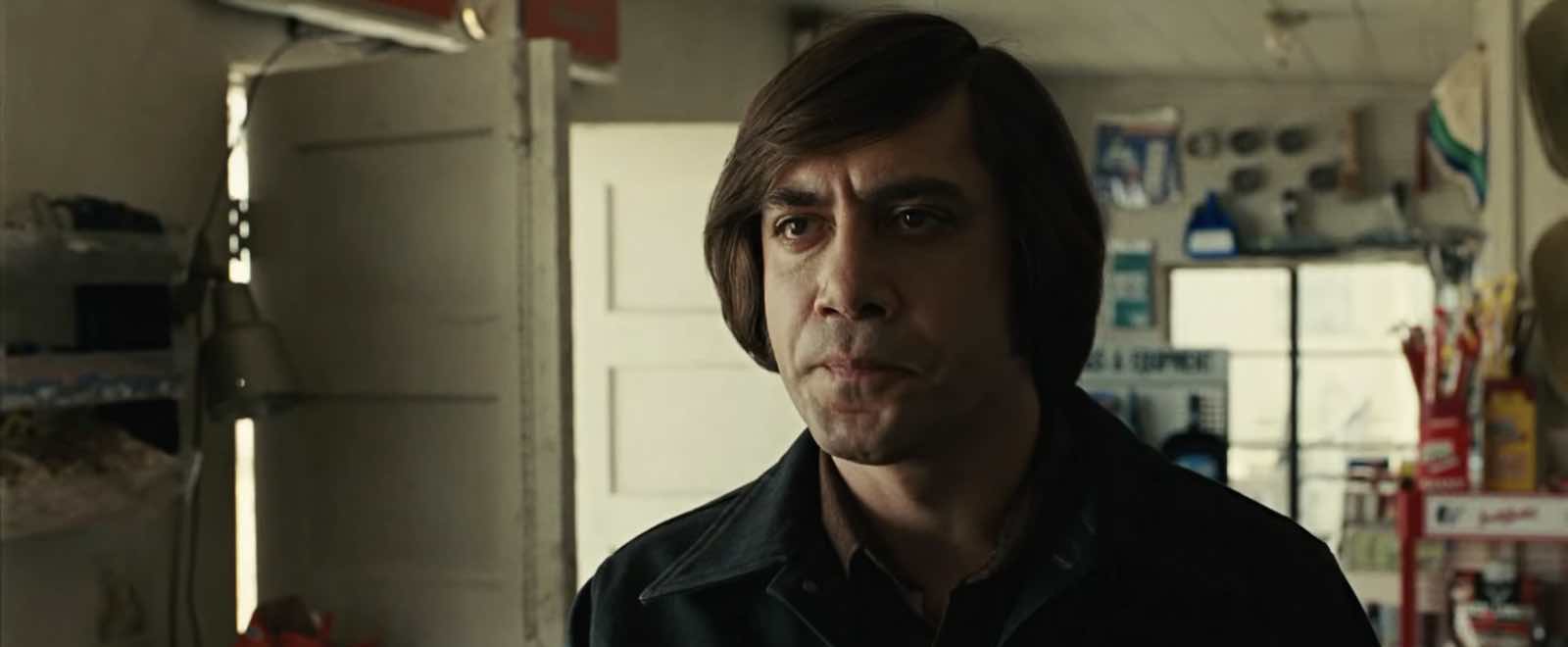 (MCU) Medium Close Up Example • No Country for Old Men
This scene from No Country For Old Men is mostly medium close-ups, close enough to emphasize the subject and wide enough to include the surrounding space around them: 9. Close Up (CU)You know it’s time for a close-up shot when you want to reveal a subject’s emotions and reactions. The close-up camera shot fills your frame with a part of your subject. If your subject is a person, it is often their face.
Here's an example of the close-up shot size:
 (CU) Close-Up Shot • The Usual Suspects
Of all the different types of camera shot sizes in film, a close-up is perfect for moments that are important for the character. The close-up shot size is near enough to register tiny emotions, but not so close that we lose visibility.
Here's a video example of the close-up shot size:
Close-Up Shot SizeClose-ups are great camera shots for monologues too. They let the audience get close to your character to see their facial gestures in detail. 10. Extreme Close Up (ECU)An extreme close-up shot is a type of camera shot size in film that fills the frame with your subject, and is so close that we can pick up tiny details that would otherwise be difficult to see. This camera shot size often shows eyes, gun triggers, and lips. Extreme close-up shots are sometimes shot with a macro lens for greater detail.
Here's an example of the extreme close-up shot size:
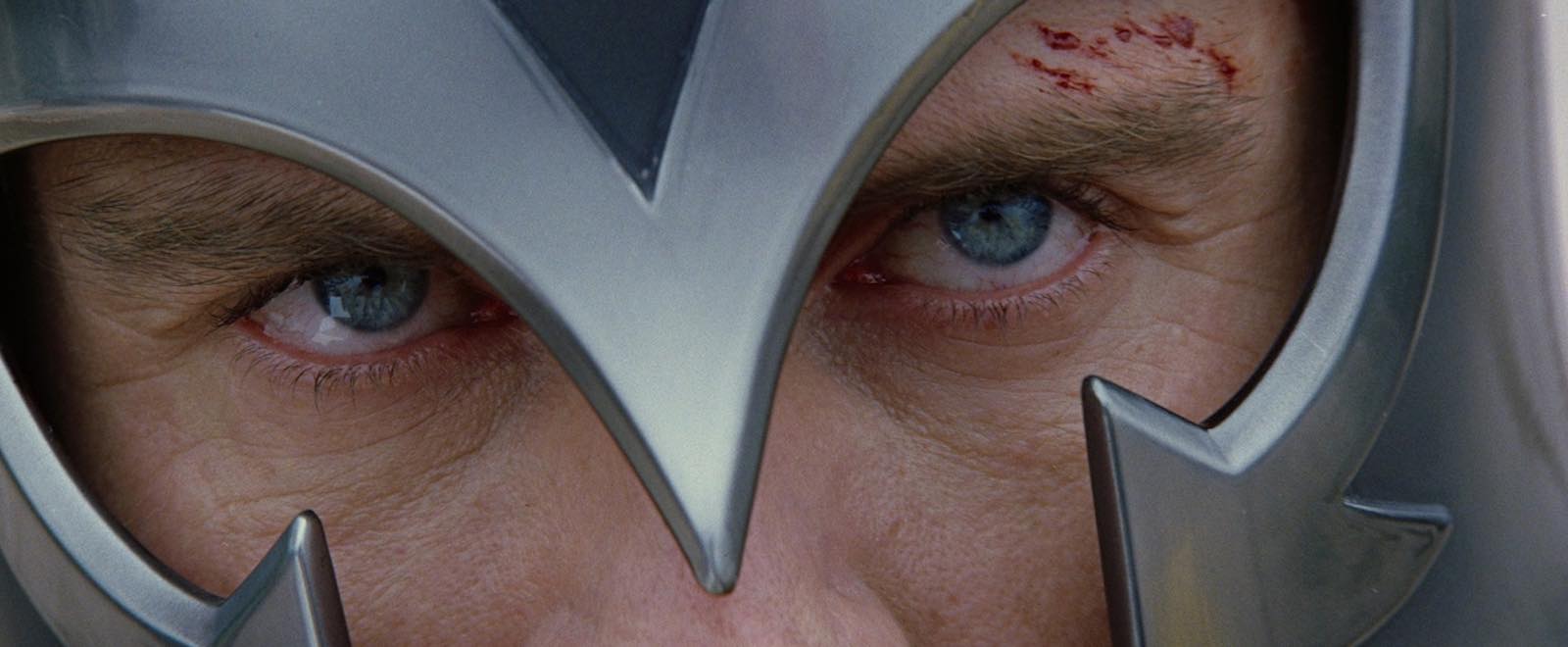 (ECU) Extreme Close-Up Camera Shot • X-Men: First Class
In Darren Aronofsky movies, the visionary director uses various degrees of close-ups, like in his film Black Swan. In this extreme close-up, we see that her transformation happens quite literally. Aronofsky uses the extreme close up shot size to show feathers growing in Nina’s back. (ECU) Extreme Close-Up Camera Shot • Black SwanExtreme close-ups can be used in many different film genres, which includes comedy as well. Here's an ECU example: 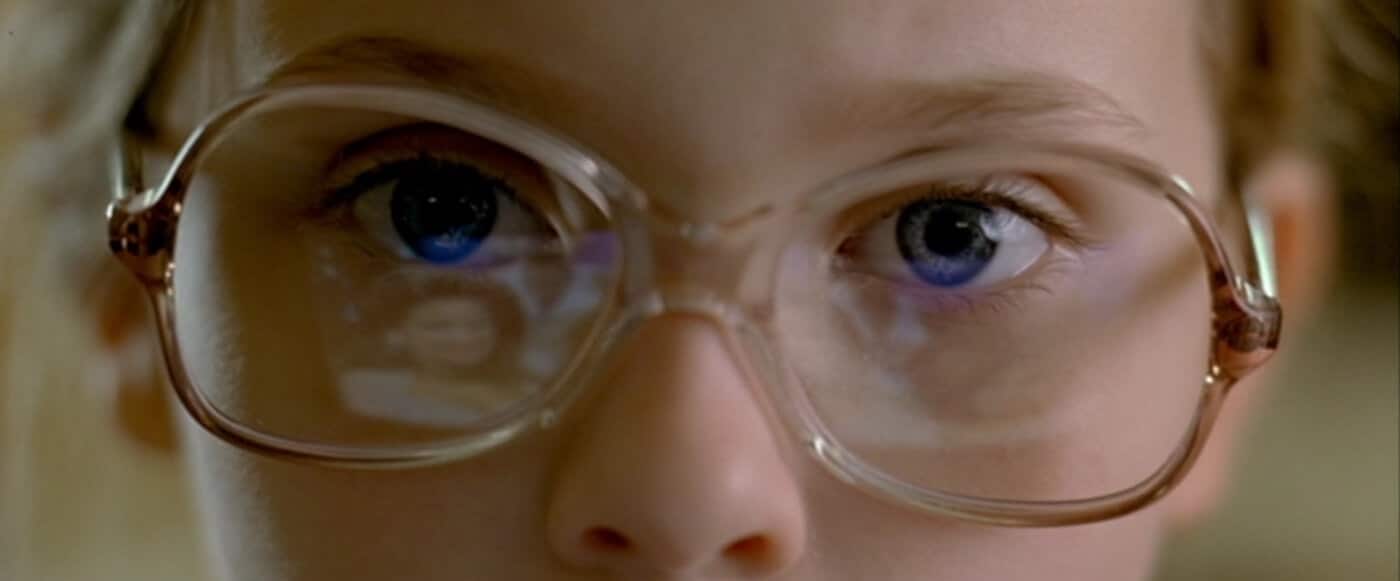 (ECU) Extreme Close Up Example • Little Miss Sunshine |


